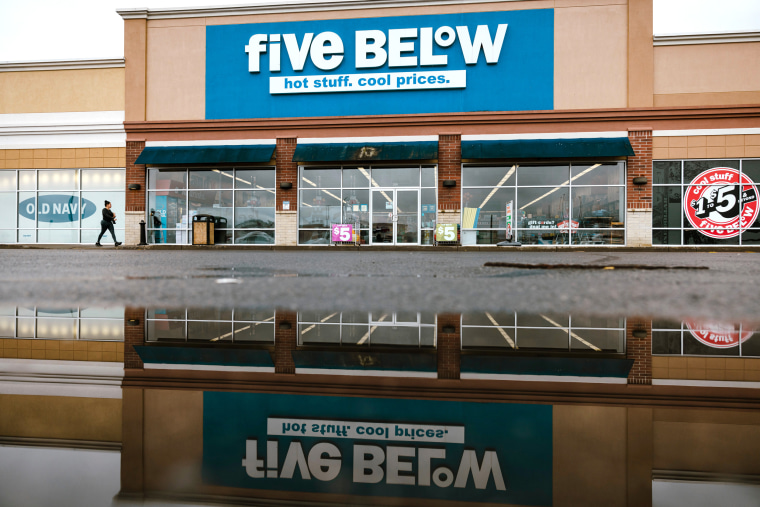Major Retailers Are Backtracking on Self-Checkout
The use of self-checkout kiosks in major retailers has been a growing trend in recent years, offering customers a convenient and efficient way to complete their transactions. However, some retailers are now backtracking on this technology, citing various reasons for the move.
One of the main reasons behind the shift away from self-checkout kiosks is the increasing concern over theft and fraud. According to a recent study, retailers have experienced a rise in theft incidents at self-checkout stations, as some customers take advantage of the lack of oversight to engage in dishonest behavior. This has led retailers to rethink the effectiveness of self-checkout systems in preventing such incidents.
In addition to security concerns, retailers are also reassessing the impact of self-checkout kiosks on the overall customer experience. While self-checkout was initially seen as a way to streamline the checkout process and reduce wait times, some customers have found the technology frustrating and impersonal. The lack of human interaction at self-checkout stations can lead to confusion and dissatisfaction among certain customer demographics, prompting retailers to consider alternative solutions that strike a better balance between automation and personalized service.
Moreover, another factor driving the shift away from self-checkout is the evolving nature of retail environments. As retailers look to differentiate themselves and create unique shopping experiences, some are opting to emphasize the role of in-person interactions and customer service. By prioritizing human-operated checkout lanes over self-checkout kiosks, retailers can better cater to customers who value personalized assistance and a more engaging shopping environment.
While the move away from self-checkout kiosks may signal a shift in the retail landscape, it also presents an opportunity for retailers to reevaluate their approach to technology and customer service. By striking a balance between automated processes and human interaction, retailers can create a shopping experience that meets the diverse needs and preferences of today’s consumers.
In conclusion, the decision by major retailers to backtrack on self-checkout technology reflects a growing recognition of the limitations and challenges associated with this approach. By prioritizing security, customer experience, and the evolving nature of retail environments, retailers are seeking to strike a more effective balance between automation and human interaction in order to better meet the needs of their customers.




























